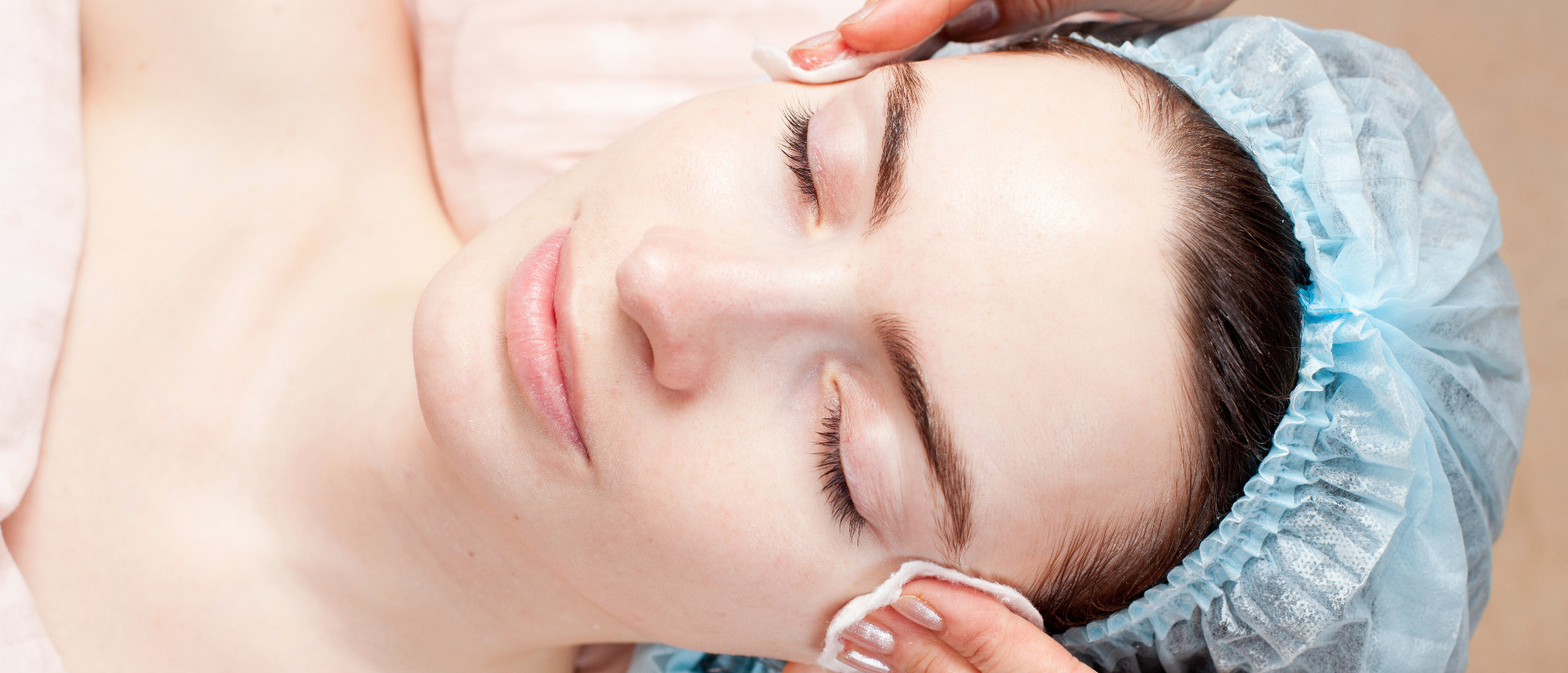
Chemical facial peels aim to remove the dead skin cells from the skins surface to allow new healthy skin cells to grow back creating smoother looking skin They can also be used to treat blemishes, scars and help reduce the signs of ageing
Over the years, your skin can gradually appear dull and lifeless. This can be caused by dead skin cells that accumulate and clog up your skin.
Chemical facial peels aim to remove the dead skin cells from the skins surface to allow new healthy skin cells to grow back creating smoother looking skin.They can also be used to treat blemishes, scars and help reduce the signs of ageing.
An accelerated form of exfoliation to revitalise skin tone and improve texture
Can be used to rejuvenate skin around the eyes and mouth and on the face, neck, hands, forearms and chest
Can help to reduce acne scarring, reverse skin damage, reduce fine lines and wrinkles, remove hyper-pigmentation, liver pots and other signs of ageing
How do facial peels work?
The acids within the peel used work by bringing the pH of the skin to an optimum acidity level. This action chemically loosens the “glue” that binds the dead and damaged cells causing exfoliation and allow the promotion of new cell growth.
What’s involved?
Each chemical peel has a different strength of active ingredients and therefore the treatment itself varies. Generally though, a chemical peel involves the preparation of the area to be treated and the careful application of the chemical peel.

What results can I expect?
Chemical peel treatment removes the layers of dead skin to reveal fresher looking, brighter and rejuvenated skin. Milder ‘superficial’ skin peels can be used as an extension of your beauty regime and repeated at certain intervals.
Duration and recovery
The whole process usually takes around 30 minutes.
Some chemical peels are single treatments and involve no downtime. Others require a course of treatments, some of which have little or no down time, others with a maximum of 7 to 10 day recovery period. You should always use sunblock post treatment as your skin can be quite sensitive.
See our price list for more information on treatment costs.

